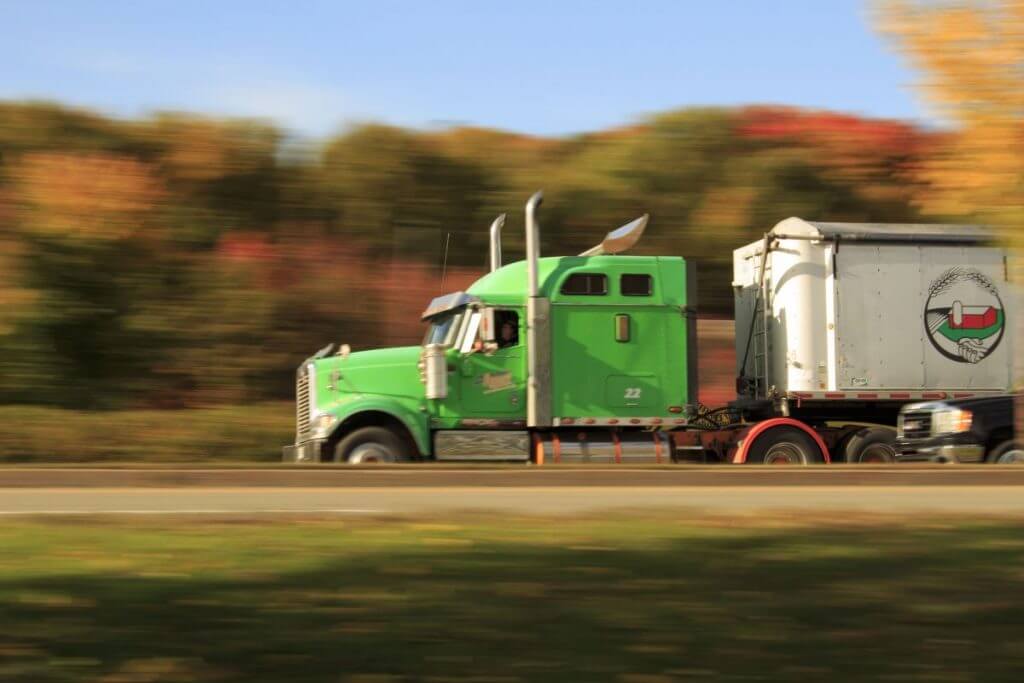Forensic Engineers & Investigators
Vehicle And Transport Crash Analysis
Prosolve Ltd provides forensic and investigative engineering services for identifying causes and contributing factors to vehicle crashes. These investigative and forensic engineering services may complement the work of other types of vehicle crash analyses such as mathematical dynamic modelling and accident reconstruction.
Case Study: Trailer roll-over
A contractor’s vehicle was towing a trailer that contained a heavy industrial generator. While slowing down in preparation for negotiating a tight bend in the road, the trailer began swaying violently and rolled after entering the bend. It crossed the centre line colliding with an oncoming car, killing one occupant and injuring the other. The Police charged the driver with careless driving. Andrew McGregor showed in court that this accident was caused by a combination of factors that the defendant had little control over. The trailer and roll-over accident was instead due to the gusty wind conditions and fuel tank sloshing resonating with the natural frequency of the trailer suspension, resulting in a phenomenon called ‘roll resonance’. The defendant was acquitted. Other Prosolve associates and technology partners who contributed to this case were Andrew Ouwejan and Paul Bass investigations and consultancy Ltd.
Stuff.co.nz news article: Driver in fatal Clarence crash not guilty of careless driving

Vehicle And Transport Crash Analysis
Case Study: Vehicle Collision – Truck/Sign Gantry
A semi trailer hit a vertical leg of an overhead gantry. We were able to determine the approximate speed of the truck before it impacted the gantry by comparing as found damage with that predicted by the engineering computer simulations.
Evidence Presented
Evidence presented included photos of the gantry after the impact. Following the incident, it was observed that the gantry leg was severely bent but still connected to its foundations. It was also known that the vehicle was brought to rest upon hitting the gantry.

Estimating Vehicle Speed
The geometry and material properties of the gantry were known, so we were able to create an accurate FEA model of the gantry itself, including fracture of the gantry material once it reached a specified strain. We used a semi trailer truck model from a library of FEA vehicle models and modified it to match the length and mass of the vehicle in question. The truck was then set up to impact the gantry structure at various speeds (30km/h, 45km/h and 60km/h) to examine the damage imposed on the gantry structure.
The animations below show the results of the three FEA runs (30km/h top, 45km/h middle, 60km/h bottom):
It is clear that in the 30km/h simulation, the gantry stops the truck but the gantry leg only has a slight deformation as a result of the impact. This small deformation is less than that observed in the actual impact, which suggests the truck was travelling faster than 30km/h.
The 60km/h impact speed simulation actually shears the bottom of the gantry leg off and allows the truck to continue travelling past the gantry. In the actual impact, the gantry remained intact and brought the truck to rest, suggesting the truck was travelling at less than 60km/h.
In the 45km/h impact simulation, the gantry leg is bent and the truck is brought to rest, which is generally consistent with the observations made from the actual event, indicating that the impact speed was likely to be around 45km/h.

Velocity and Energy Outputs
In addition to the speed estimate, other useful information such as the rate of deceleration and the energy involved in the collision can be determined as shown in the plots below:

The velocity plot shows how the vehicle decelerates during the impact event for the three different initial speeds, and it can be seen the 30km/h and 45km/h runs come to rest (zero velocity) while the 60km/h run slows down initially but then continues to travel at around 30km/h once the gantry leg is broken off.
The energy balance plot shows that initially, the majority of energy in the system is kinetic energy from the mass of the moving vehicle. Once the impact occurs and the vehicle starts slowing, the kinetic energy reduces and is converted into internal energy, which ramps up as the material in the gantry and truck structures is strained and deformed. Total energy in the system remains relatively constant, although a small amount of energy is lost through contacts and other numerical effects.
Visualization Materials
The FEA results can also be used to create photo realistic imagery and animations of the scenario in question. Such visualization helps to convey accurately and scientifically what occurred in the event. Another major benefit that can be highlighted is that these visualizations are based on actual engineering data and analysis rather than subjective analysis.


Note in the animations above, the shockwave travelling across the top of the gantry due to the impact, again highlighting that full dynamic effects are taken into account during the engineering simulations.
Summary
Whilst a vehicle crash has been used in this example, the same approach can be used to reconstruct almost any event or scenario. Advanced engineering FEA analysis such as this can be utilised with great effect to confirm or disprove a forensic hypothesis on the basis of engineering data and analysis, and can create accurate visualizations based on the analysis results.
With respect to computer modelling for simulating crash and failure events, we utilize the services of our technology partner Bremar automotion, who have contributed to this simulation.
